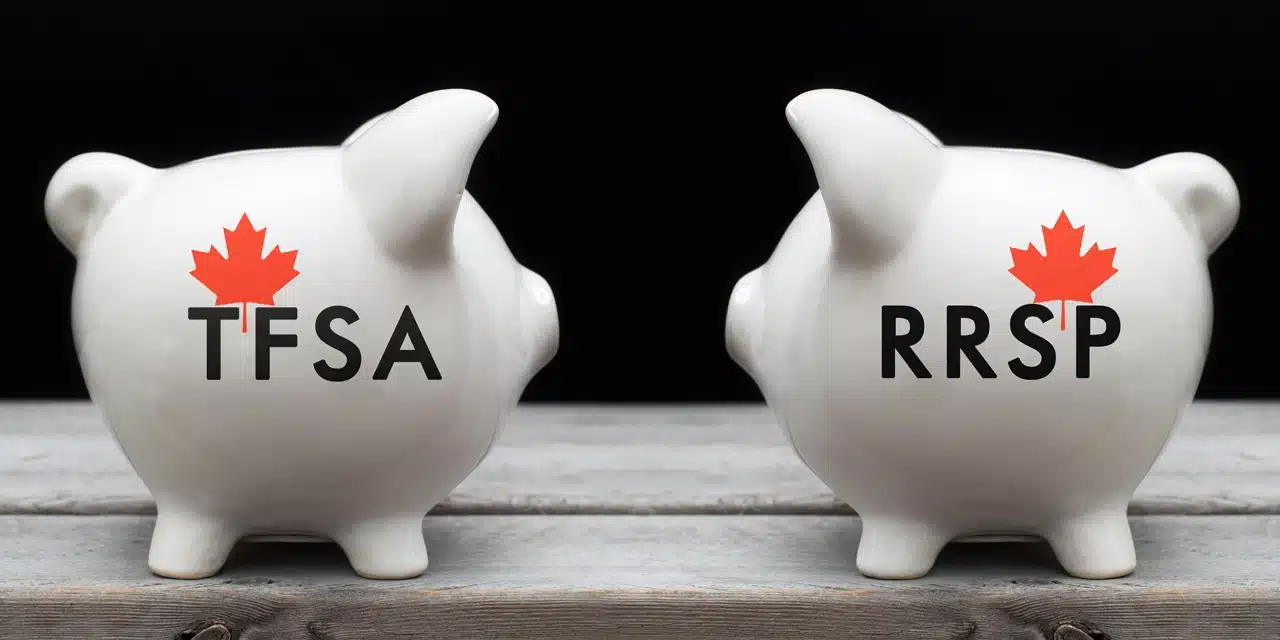This article originally appeared on Moneysense.ca and has been published here with permission. Image by Freepik.
Maybe you’re taking your first steps towards saving for retirement. Or maybe you’re in the home stretch. Either way, you will likely be using a registered retirement savings plan (RRSP). This Canadian tax-sheltered savings account is more than six decades old, and it has formed the backbone of retirement planning for most Canadians since the ’80s, when employer-sponsored pension plans began their decline.
Even if you’re familiar with RRSPs, there may be nuances worth exploring here. And sometimes there are new developments that reshape traditional retirement planning. Most important today is the increase in life expectancy over the past generation. That’s great news, but it also presents a challenge: Investors may need to make their money last even longer in retirement.
Fortunately, the investing world also has fresh ideas and financial products that should rise to the occasion.
RRSPs and tax considerations
RRSPs are best known for their tax deferral. Investments grow tax-deferred inside the account and are only subject to income tax when they are withdrawn. Ideally, that happens in retirement when people’s incomes are likely to be lower and, thus, taxed at lower marginal rates. Additionally, you can deduct RRSP contributions from your income, creating immediate tax savings.
But here’s a question: How much of your overall investment growth do you want to occur inside your RRSP? Remember, you can only use an RRSP until the end of the year you turn 71. At that point, you can do one of three things: cash it in, buy an annuity or convert the plan into a registered retirement income fund (RRIF).
With a RRIF, you’ll have to take minimum annual withdrawals based on your age. If your investments have grown a lot, you may end up paying a relatively high marginal tax rate.
For that reason, financial planners often recommend savers consider keeping investments with the greatest growth potential in a tax-free savings account (TFSA). The advantage of a TFSA is that investment growth inside the account will never be subject to tax—neither income tax nor capital gains tax. That makes TFSAs ideal vehicles for holding high-growth assets such as equities (stocks) or high-yield income investments, such as Harvest ETFs’ equity income exchange-traded funds (ETFs).
TFSAs can also be good vehicles for both short- and long-term savings goals. Unlike RRSPs, you can take withdrawals without triggering a rise in income and a corresponding tax bracket jump—and you can put the money back in later along with any other increases from your annual contribution limits ($6,500 in 2023). With RRSPs, withdrawals are subject to immediate withholding taxes and must be reported as income on tax returns, where even more tax may be payable depending on your other sources of income. There may be exceptions, however, for special purposes, such as buying a home or paying for education.
Making retirement savings last
Eventually, you’ll want to start drawing on your investments to fund your retirement. Today’s generation of retirees, however, faces a challenge that has been growing steadily: How do you make your money last?
The heart of the issue is the fact that 90% of private-sector employees in Canada no longer have access to employer-sponsored pensions, according to a recent report from the National Institute on Ageing at Toronto Metropolitan University. And increasing life expectancy complicates matters. The average 65-year-old in 2018, for example, was expected to live to the age of 86—two and a half years longer than the average 65-year-old in 1998 and four years longer than in 1980, according to data from Statistics Canada.
Some strategies for making retirement savings last include buying annuities, which pay a fixed income for life, or building a portfolio with income-generating assets, like dividend stocks. Annuities, however, require handing over your money to an insurance company, and until recently, low interest rates had made them fall out of favour. Portfolios of dividend stocks, meanwhile, can have unwelcome tax consequences. Dividends from foreign-owned companies, for example, are taxed at high tax rates in a non-registered account. Dividends from foreign companies (other than U.S. companies) are subject to withholding tax on the dividends in an RRSP. (Dividends from Canadian stocks, however, are eligible for a lower rate of tax in a non-registered account and have no withholding tax in an RRSP.) What else can investors consider?
Tax-efficient investing with call option ETFs
Investment firms have developed fresh strategies for generating income from investments. Harvest ETFs, for example, offers a range of tax-efficient equity-income ETFs that combine investments in dividend-producing equities with a form of options trading known as a “covered call.”
Here’s how these call option ETFs work
Harvest’s equity-income funds are made up of investments in carefully selected large-cap companies that are leaders in their industry. Harvest fund managers then sell—or “write”— a “call” on portions of the share blocks they hold.
A call is basically a contract between a seller and the buyer that gives the buyer an option to buy a block of shares on a specific future date for a pre-agreed price. The buyer of the call pays a fee to acquire the option, anticipating that the price of the shares will rise higher than the pre-agreed “strike price.” If they’re right, they make a profit by buying the shares at the lower predetermined price and then reselling the shares.
The seller, meanwhile, benefits in two ways. First, if the share price doesn’t increase, the buyer has no incentive to exercise their option. So, the seller keeps the shares and pockets the fee charged for the call option. If they sell the shares, they profit on the pre-agreed strike price—plus the initial fee paid for the option.
There are critics who argue that covered-call options sacrifice capital growth in favour of generating income, which may be true if the stock price keeps rising. But that can be a net positive, depending on an investor’s goals.
In the case of Harvest ETFs’ equity income ETFs, it can be a worthwhile trade-off. The earnings generated by a covered-call strategy generate a premium on top of the income from dividend payments. Better yet, the portion of distributions to ETF holders from the covered-call strategy is treated as capital gains, which are taxed at half the rate of income in a non-registered account—just the kind of incentives an investor looking for cash flow wants to consider when building their plan. In an RRSP account, covered calls written on Canadian and foreign stocks are tax-deferred and have no withholding tax.













